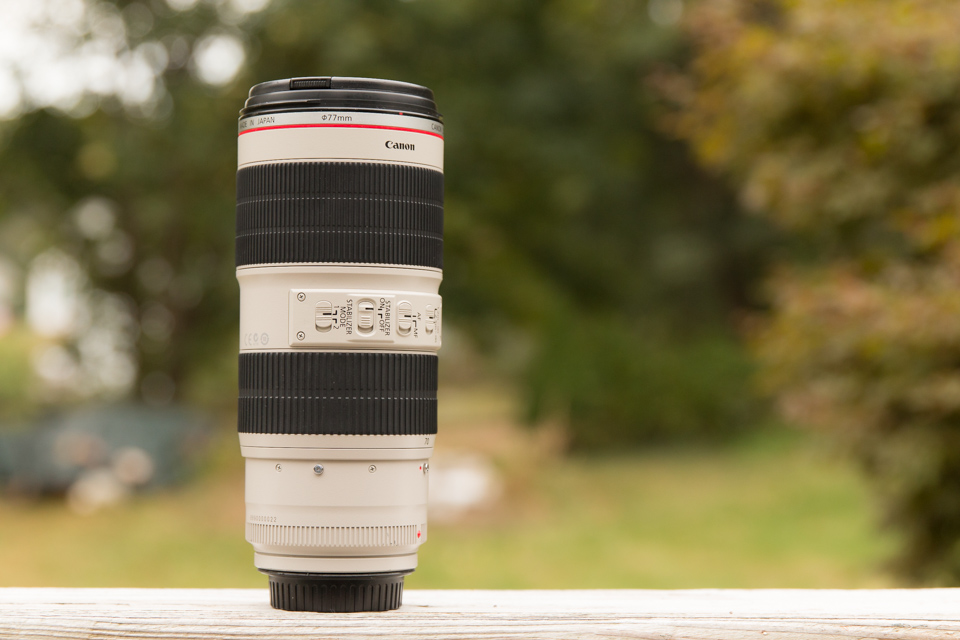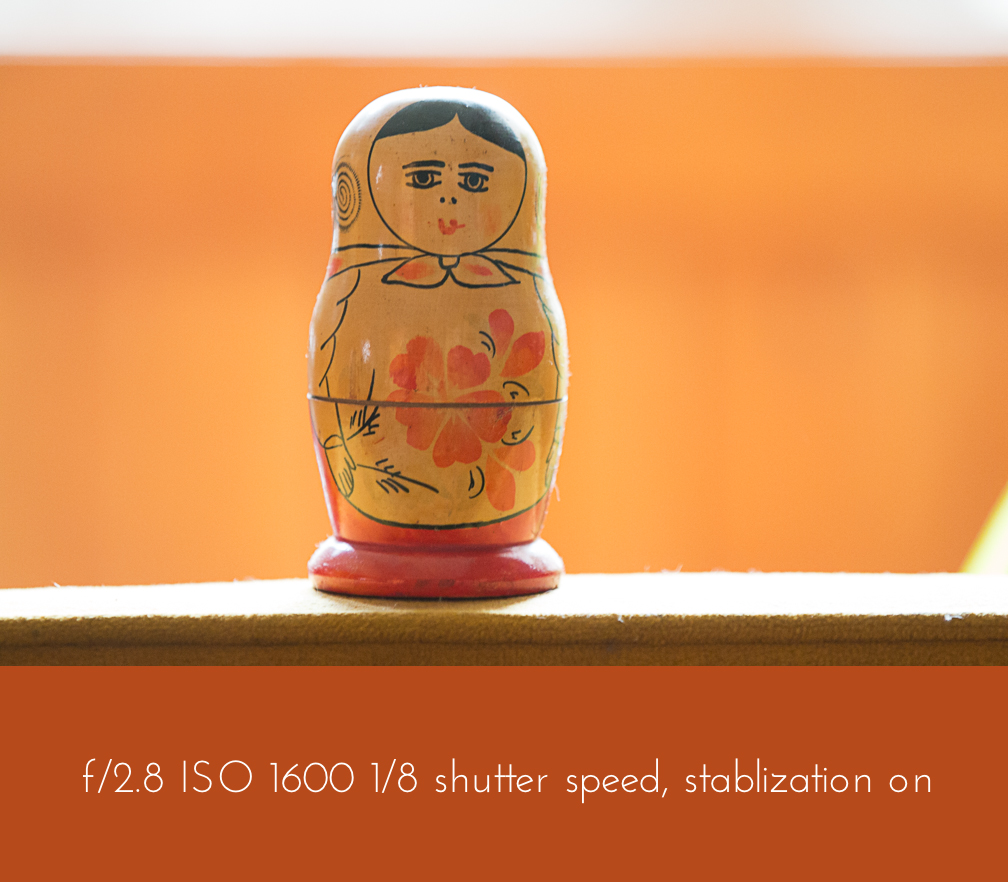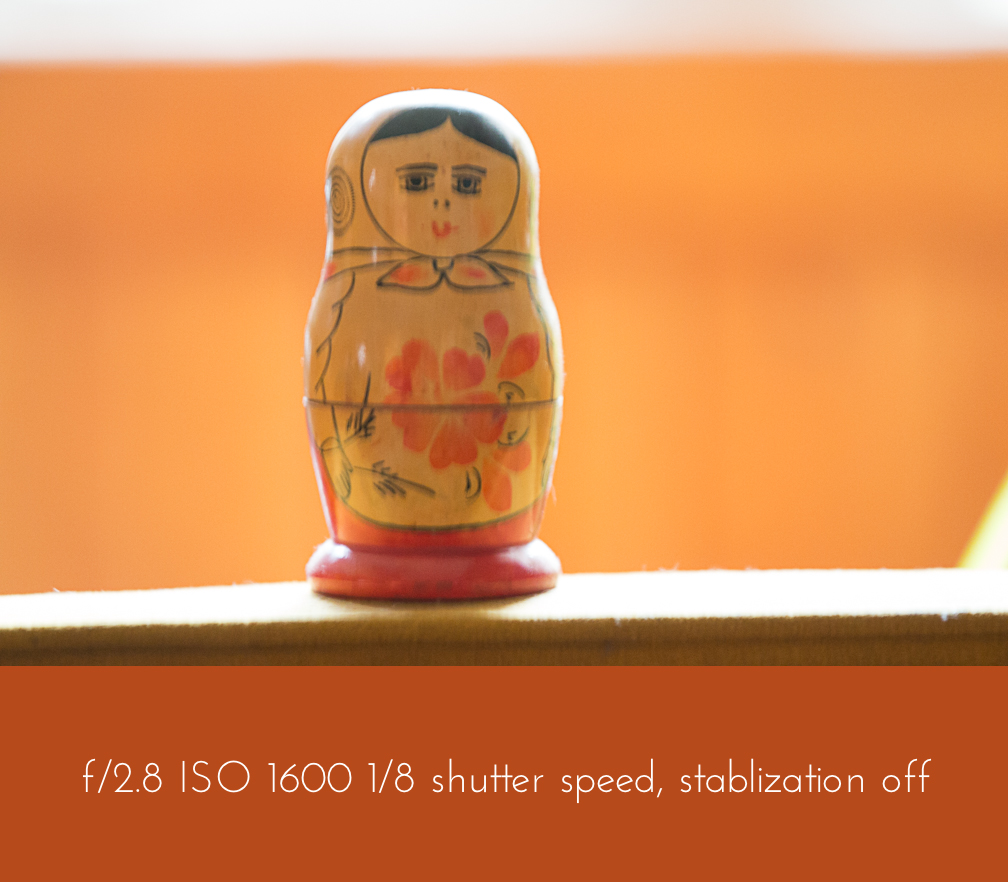Even for those who’re a brand new photographer, you could have heard of picture stabilization…each Canon and Nikon use stabilization within the equipment lenses on their entry-level our bodies. What chances are you’ll not know is precisely tips on how to use this characteristic to your benefit or what it even does. Learn on for the thin on stabilization.
Each Canon and Nikon use stabilization in a few of their lenses. Canon calls it “IS” (Picture Stabilization) whereas Nikon calls it “VR” (vibration discount). Third-party producers equivalent to Tamron and Sigma even have lenses which have stabilization and use their very own proprietary phrases for it (Tamron: Vibration Compensation; Sigma: Optical Stabilization. Will get complicated, huh?)
For this text I’ll simply discuss with it as “stabilization.” Sony, Pentax, Olympus and others even have stabilization, however theirs happens within the digicam physique as a substitute of within the lens. This text is about lens stabilization solely.
What’s stabilization?
Stabilization is a characteristic constructed into lenses that’s meant to cut back the consequences of digicam shake. Merely put, it lets you shoot handheld (not on a tripod) at considerably decrease shutter speeds than you can if stabilization was not activated. Completely different lenses have totally different ranges of stablization — it’s measured in stops. For instance, some lenses declare to supply 4 stops of stabilization. Which means with stabilization activated, your efficient shutter pace can be 4 stops greater than your precise shutter pace. So, in case your in-camera shutter pace was 1/20, your photograph would have the identical sharpness as if it was taken at a shutter pace of 1/320; that is 4 stops greater than 1/20. Analysis in your lens will let you understand how many stops of stabilization are supplied. This quantity is an estimate however I’ve discovered it to be fairly correct.
What lenses have it, and the way do I do know if a lens has it?
Whereas not a tough and quick rule, stabilization is most frequently on zooms vs. primes. Nevertheless, there are some zooms which can be missing it (Canon and Nikon’s 24-70 2.8 lenses don’t have it, although Tamron’s does) and there are primes that DO have it, particularly very heavy ones (such because the 200mm f/2). Some producers additionally produce variations of the identical lens that do and don’t have stabilization. The lenses with stabilization are costlier. In the event you’re researching a lens and also you’re undecided if it has stabilization or not, look within the lens’ identify for the stabilization terminology relying on the producer. In case you have a lens that has stabilization, there will likely be a change in your lens to show the stabilization on and off (and, in some circumstances, change between stabilization modes: one mode for stabilization in all instructions and the opposite for under facet to facet, as in a panning shot).

Does stabilization work?
Merely put, sure. There are limitations to it, but it surely works. The instance pictures under are each straight out of digicam examples. Each had been taken with my Canon 70D and my 70-200 2.8 IS lens. They each have the identical settings: 155mm, f/2.8, ISO 1600, and a ridiculously low shutter pace of 1/8. The one distinction is that the primary photograph has stabilization activated and the second doesn’t.


It’s fairly clear that the stabilization is working!
When ought to I exploit stabilization, and when ought to I not use it?
Stabilization is extraordinarily helpful. That mentioned, there are some circumstances when it must be used and a few when it mustn’t. Stabilization positively SHOULD be used for those who’re capturing in any state of affairs the place your shutter pace is both decrease than the rule of 1/focal size (i.e. for those who’re capturing at 200mm, your shutter pace must be a minimal of 1/200) or decrease than you realize you possibly can comfortably hand maintain; some individuals haven’t any points hand holding at pretty low shutter speeds. That mentioned, there’s no hurt in it being on at slower shutter speeds. That is particularly helpful in low gentle conditions the place you can not use a flash, equivalent to church weddings the place flash is just not allowed.
Stabilization ought to NOT be used you probably have your digicam on a tripod. The tripod will counteract the stabilization and you’ll really get blurry pictures if the stabilization is on when the digicam is on a tripod. Be aware: there are particular excessive finish tremendous telephoto lenses which can be made to be shot on a tripod and have the flexibility to sense a tripod, thus turning stabilization off when utilizing a tripod is just not mandatory. Shopper lenses don’t have this characteristic. In the event you’re uncertain, analysis your lens. Stabilization additionally doesn’t must be used when shutter speeds aren’t extraordinarily low (for instance, when capturing sports activities at excessive shutter speeds). The impact of the stabilizer can really trigger blur and softness at pictures taken at greater shutter speeds. As soon as your shutter pace reaches 1/focal size, stabilization is just not mandatory.
Do I want lenses with IS?
That is determined by what you shoot. In the event you’re somebody who completely must shoot in low gentle and not using a flash, like at weddings, then I might completely advocate a lens with stabilization. You won’t be able to get crisp pictures at low shutter speeds with out both a stabilized lens or a tripod. I discover stabilized lenses a lot simpler to maneuver with than a digicam and lens on a tripod in a marriage state of affairs.
Nevertheless, for those who’re not capturing in low gentle, or are in conditions the place you should use a flash and might bump your shutter pace a bit, stabilization will not be mandatory, and this can be cheaper for you. I used to be in a state of affairs a number of years again the place I used to be attempting to resolve between an IS and non-IS model of a selected lens. I checked out my pictures and realized that I used to be by no means coming near capturing at or under shutter speeds that I might comfortably hand maintain, so I opted for the non-IS model, as a result of for me it wasn’t wanted on that particular lens. In the event you’re on the fence, use your individual pictures and elegance that can assist you decide if stabilization is one thing you want.
Amy Quick is a portrait and maternity photographer in Wakefield, RI. You could find her at amykristin.com and on Fb.
